Magnetotelluric surveys
Type of resources
Available actions
Topics
Keywords
Contact for the resource
Provided by
Years
Formats
Representation types
Update frequencies
-

Magnetotelluric data for the Halloween 2003 magnetic storm in the vicinity of Uppsala (UPS), Sweden and Eskdalemuir (ESK), Scotland geomagnetic observatories synthesized from geomagnetic observatory data from INTERMAGNET. The data were generated to facilitate comparison of the ground effects of the Halloween 2003 magnetic storm in Sweden and Scotland. The data demonstrate the greater risk of hazardous storm-time electric fields being generated in southern Sweden compared to central Scotland and are further described in the gold open access paper: F. Simpson and K. Bahr, 2020a. The role of tectonic-plate thickness and mantle conductance in determining regional vulnerability to extreme space weather events: possible enhancement of magnetic source fields by secondary induction in the asthenosphere. Space Weather, accepted, doi pending. The synthesis technique that enables electric fields to be estimated from geomagnetic observatory data is described and validated in the following gold open access papers: F. Simpson and K. Bahr, 2020b. Nowcasting and validating Earth's electric field response to extreme space weather events using magnetotelluric data: application to the September 2017 geomagnetic storm and comparison to observed and modelled fields in Scotland, Space Weather, 18, e2019SW002432, https://doi.org/10.1029/2019SW002432. F. Simpson and K. Bahr, 2020c. Estimating the electric field response to the Halloween 2003 and September 2017 magnetic storms across Scotland using observed geomagnetic fields, magnetotelluric impedances and perturbation tensors, JSWSC, swsc200019, 10, (48), https://doi.org/10.1051/swsc/2020049.
-
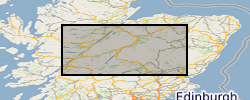
Magnetotelluric (MT) time series including the September 2017 magnetic storm at 7 sites in the Scottish Highlands collected by Fiona Simpson (University of Southampton) and Karsten Bahr (University of Göttingen) using Göttingen RAP dataloggers, Magson fluxgate magnetometers and Filloux-type electrodes. Data acquisition methodology is described in F. Simpson and K. Bahr, 2005. Practical Magnetotellurics, Cambridge University Press, London pp. 254, 2005, ISBN: 9781108462556, DOI: 10.1017/CBO9780511614095 This dataset is described in: F. Simpson and K. Bahr, 2020a. Nowcasting and validating Earth’s electric field response to extreme space weather events using magnetotelluric data: application to the September 2017 geomagnetic storm and comparison to observed and modelled fields in Scotland, Space Weather, accepted, doi pending. F. Simpson and K. Bahr, 2020b. Estimating the electric field response to the Halloween 2003 and September 2017 magnetic storms across Scotland using observed geomagnetic fields, magnetotelluric impedances and perturbation tensors, Journal of Space Weather and Space Climate, accepted, doi pending.
-
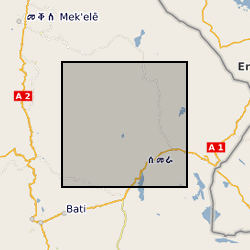
This data set comprises broadband magnetotelluric (MT) and transient electromagnetic (TEM) data collected during three field seasons in 2008, 2009 and 2010 by a team of researchers from the University of Edinburgh, UK, IMAGIR, Brest, France and the Institute for Geophysics, Space Science and Astronomy at Addis Ababa University, Ethiopia. The MT dataset includes the original time series and processed transfer functions. The time series data are provided in the original raw data format with files to convert them to ascii. Raw and processed TEM data, collected with a Geonics PROTEM system, are included. We provide information on the locations and the processing and include the necessary instrument response functions and metadata to reproduce our results from the raw data.
-
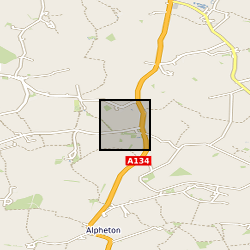
Long-period Magnetotelluric time series recorded in Jan to Feb 2022 at site NT91 near Alnham, England, UK (NT91). Funded by NERC, grant number: NE/V002694/1 "SWIMMR Activities in Ground Effects (SAGE)". These data consist of measurements of the Earth’s natural magnetic and electric field variations.
-

The data set contains the timeseries of long-period magnetotelluric data collected at 44 sites in Great Britain during the SWIMMR-SAGE project 2021-2023. At each site, five channels were recorded with a 1s sampling rate: The magnetic field components (north-south Bx, east-west By, and the vertical component Bz) were measured using a fluxgate magnetometer manufactured from Lemi, Lviv, Ukraine. The horizontal electric field (north-south Ex, east-west Ey) was recorded using non-polarizable electrodes. The installations were performed by BGS staff following the manufacturers guidelines and best practices. For each site, a folder containing the timeseries data and a pdf containing all relevant metadata are provided. Format: YYYY-MM-DD HH:MM:SS BX BY BZ EX EY Magnetic values in units of nT (10^-9 T). Electric field values are in mV/km. A BGS open report has been published on the NERC Open Research Archive (NORA) describing the motivation, site selection and data collection. It is referenced in the metadata and can be found here: https://nora.nerc.ac.uk/id/eprint/537960/
-

Time series of long-period magnetotelluric data collected between October 2023 and March 2024 at 9 sites in Scotland, UK, as part of the NERC projects NE/S007407/1 and NE/V002694/1. The data consist of measurements of the Earth’s natural electric and magnetic field variations in five channels and with a 1-sec sampling rate. There is a text file with the site coordinates, a single PDF file containing all relevant metadata, and individual ASCII files for each site named by the site ID.
-

Long-period Magnetotelluric time series recorded in Jan to Feb 2022 at site NT91 near Alnham, England, UK (NT91). Funded by NERC, grant number: NE/V002694/1 "SWIMMR Activities in Ground Effects (SAGE)". These data consist of measurements of the Earth’s natural magnetic and electric field variations.
-
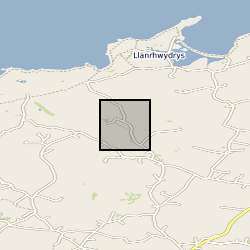
Long-period Magnetotelluric time series recorded in Jan to Feb 2022 at site NT91 near Alnham, England, UK (NT91). Funded by NERC, grant number: NE/V002694/1 "SWIMMR Activities in Ground Effects (SAGE)". These data consist of measurements of the Earth’s natural magnetic and electric field variations.
-
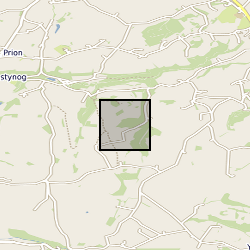
Long-period Magnetotelluric time series recorded in Jan to Feb 2022 at site NT91 near Alnham, England, UK (NT91). Funded by NERC, grant number: NE/V002694/1 "SWIMMR Activities in Ground Effects (SAGE)". These data consist of measurements of the Earth’s natural magnetic and electric field variations.
-
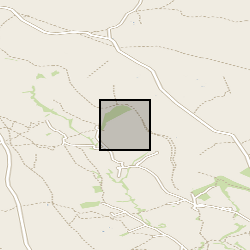
Long-period Magnetotelluric time series recorded in Jan to Feb 2022 at site NT91 near Alnham, England, UK (NT91). Funded by NERC, grant number: NE/V002694/1 "SWIMMR Activities in Ground Effects (SAGE)". These data consist of measurements of the Earth’s natural magnetic and electric field variations.
 NERC Data Catalogue Service
NERC Data Catalogue Service